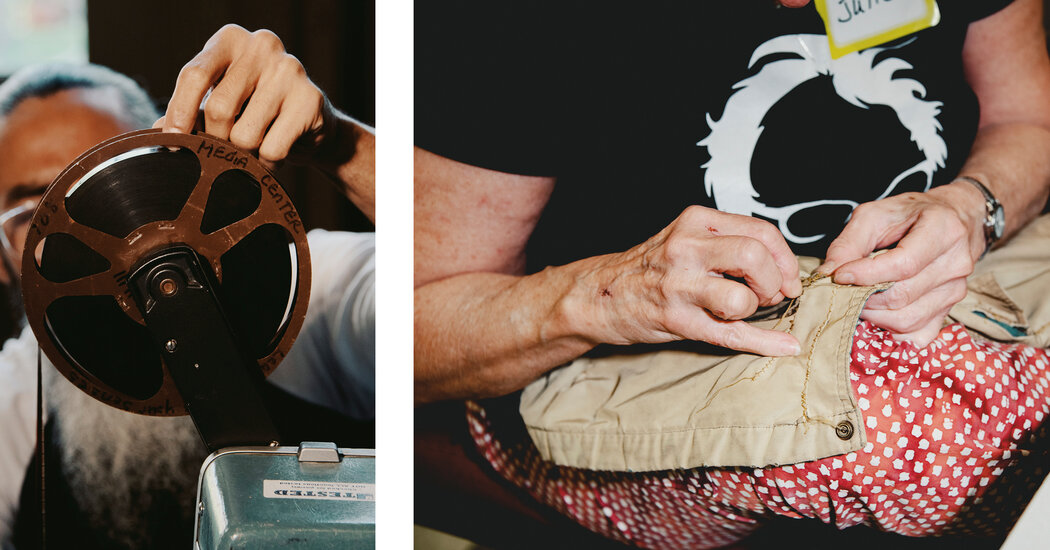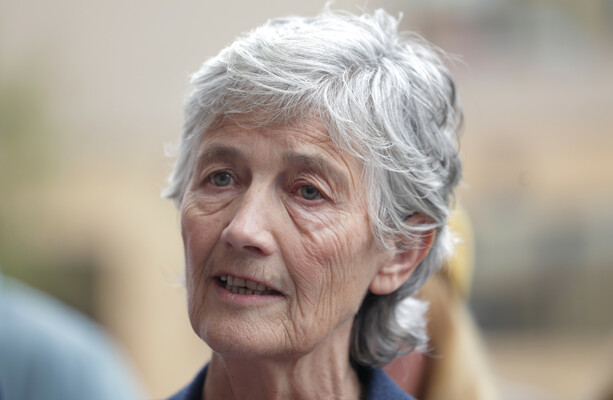Copyright The New York Times

50 States, 50 Fixes is a series about local solutions to environmental problems. More to come this year. A dusty film projector. A torn pair of jeans. An electric ukulele gone silent. One recent morning in New York City’s East Harlem neighborhood, about 50 people huddled in a converted public school with a common purpose: To give broken things a second life. Repair Cafe El Barrio is one of a growing number of gatherings that offer help to fix all manner of household items for free. Dubbed “repair cafes,” their mission is to reduce waste, nurture refurbishing skills and bring a neighborhood closer together. “We repair all sorts of things: appliances, electronics, clothing, furniture,” said Rocio Salceda, an East Harlem-based artist who hosts the event monthly in a community art space that was originally a school completed in 1901. “But mostly, we just spend time together.” The fixers, or “repair coaches,” are all volunteers. There are artists, scientists, retired electricians, all neighborhood folks good with their hands. There is friendly conversation and freshly-brewed coffee. Mayako Ishikawa, a media researcher from Queens, hoped the coaches could work their magic on a pink electric ukulele she had picked up years ago but was languishing in her storage closet. “I hadn’t played it for a while, and then I realized it no longer turned on,” she said. “But it would be a shame to throw it away.” The first repair cafe came together in Amsterdam in 2009 in the aftermath of the global financial crisis. The concept made its way to America three years later. Since then, New York state — from the Hudson Valley to New York City — has led the country in the number of repair cafes with weekly or monthly events at nearly 70 locations and counting. Across the country, there are some 200 locations, according to a directory maintained by the Repair Cafe Foundation, an international network of repair event organizers that follows a loose set of rules. Worldwide, there are more than 2,500 locations. When you count other similar nonprofit “fix-it clinic” models, the number increases. The gatherings are meant to be an antidote to today’s throwaway culture, fueled by a concern that unbridled consumption is pushing the planet’s resources to the brink. Repairing broken products that would otherwise end up as waste could help keep materials in use for longer, said Rikke Marie Moalem, an assistant professor in the department of sustainability and planning at Aalborg University in Copenhagen, Denmark, who has researched repair cafes. And restoring items generally uses less energy than new production, she said. Despite that, her research had shown that in Europe and in the United States, there has been a decrease in the number of businesses that fix consumer electronics and other household items. It’s like modern society has forgotten how to fix things, she said. “So repair cafes are also about reviving these forgotten skills,” she said. “We can’t talk about living more sustainably without a culture of repairing.” There are a few simple rules. Visitors must remain with their broken items and are expected to participate in the repair process: The goal is for owners to learn how to fix things, perhaps so they can make the same fix the next time, or teach someone else. Among the items brought to Repair Cafe El Barrio were broken lamps (the most common item), a coffee maker that no longer heated water, a pair of dilapidated overalls and a wobbly wheelchair. Volunteer repair coaches don’t guarantee that an item will be successfully revived. And some precautions are taken: Very old heaters, for example, might contain asbestos and can be too hazardous to fix. Ms. Salceda was dealing with the aftermath of a painful divorce when she started the El Barrio Repair Cafe in 2022, dragging her industrial sewing machine to the gatherings to repair clothes, loose buttons and frayed hems. For the cafe’s three-year anniversary, in September, she threw a party featuring flamenco dancers, a homage to her native Spain. “Just because something is broken doesn’t mean it’s beyond saving,” she said. Kenneth Ma, who once worked as an electric technician in Malaysia, was one of a team of volunteers who fixed a pair of headphones, an amplifier, and foot warmer that day. The electric ukulele was among the items that proved a challenge. Even after working on its circuit with a soldering gun, it refused to produce any sound. “I’m going to take it home,” he said. “I can fix it, with more time.” Alec Stein, a programmer by trade and cafe volunteer, said fixes weren’t usually as complicated as they might seem. “What’s funny is, more than half the time, it’s a loose wire or something’s dirty, or you just have to pull on something really hard,” he said. “The big takeaway is that none of this stuff is actually that broken.”



